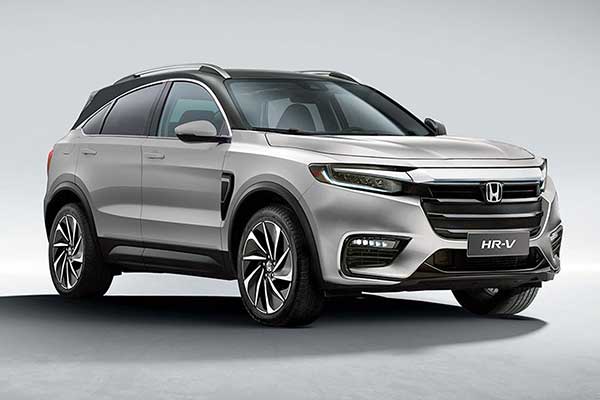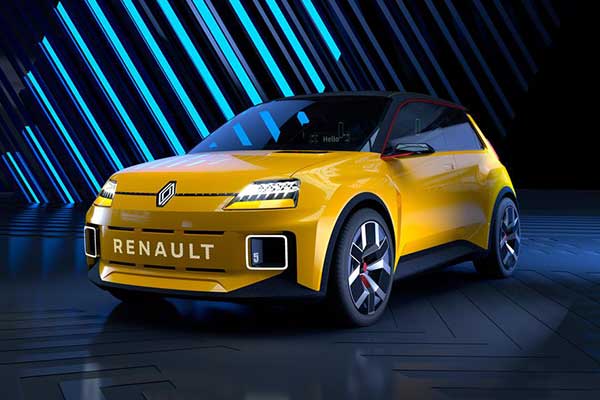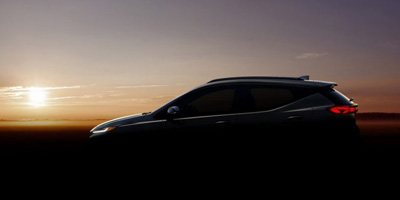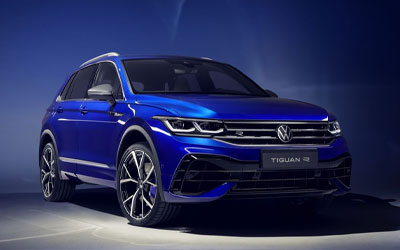Hyundai has taken the wraps off the fourth-generation Hyundai tucson 2021, mid-size SUV, which closely resembles the edgy Vision T concept, first seen at the LA Auto Show last year. Wider and longer than the outgoing model, the new hyundai tucson 2021 debuts with a choice of two wheelbase variants. Its redesigned interiors also see a ‘dual-cockpit’ layout with twin 10.25-inch screens and digital instrumentation, and soft-touch materials, as well as active safety systems.
Internationally, the new hyundai tucson 2021 will be powered by a 2.5-litre direct injection petrol (190PS/247Nm), or 1.6-litre turbo-petrol hybrid/plug-in hybrid (230PS/350Nm combined). The new-gen Tucson goes on sale in Hyundai’s home market in 2021, the rest of the world in 2022, and will likely come to India post that.
Moving past the long and short of it, the short wheelbase model measures in at 4,500 mm length, 1,865 mm width and 1,650 mm height, on a wheelbase of 2,680 mm making it 20 mm longer and 10 mm longer between the wheels compared to the current Tucson facelift that was launched in India recently. The larger model takes overall length up to 4,630 mm with a 2,755 mm long wheelbase, making it just a bit smaller than the 7-seater VW Tiguan AllSpace, for example.
As for styling, while still an expression of the brand’s Sensuous Sportiness design language, it’s a clear evolution with its angular interplay of surfaces, or ‘parametric dynamics’ as Hyundai terms it, making for a dramatic skin as light hits the body of the hyundai tucson 2021 model. Kinetic jewel surface detailing is another term Hyundai uses to describe the DRLs that merge with the complex grille, visible only when activated. Similarly, triangular shapes in the fang-like tail lights remain hidden unless activated. The rear end features the Hyundai logo inset in the rear windscreen to keep the design clean.
Inside, ‘Interspace’ is the buzzword, with the new hyundai tucson 2021 moving to dual 10.25-inch touchscreens stacked above each other, with a greatly minimised use of buttons for controls. There’s also a full digital instrumentation screen, set low and without a binnacle, taking the tally up to three, while the inclusion of a digital key via your smartphone and ability to switch on home appliances sees Hyundai keeping with the times. Hyundai says material quality is improved, with cushioned surfaces making up the high-touch points, and a 64-colour ambient lighting system. With the rear bench folded, cargo space is reportedly up to 1,096 litres.
The choice of engines, as mentioned previously, come with an eight-speed torque-converter automatic. The hybrid models also get Hyundai’s E-handling technology, which meters out torque from the electric motors to help improve steering response and stability. The Tucson will continue with Hyundai’s HTRAC all-wheel-drive system, which gets Mud, Sand, and Snow drive modes to help progress in adverse conditions.
The current generation Tucson facelift, priced around 134927.11 dirhams (ex-showroom), goes up against the likes of the Jeep Compass, Skoda Karoq, and Honda CR-V. With the new short-wheelbase model, when it arrives in India, we expect that to remain largely the same, though the long-wheelbase model could cast a wider net even without third-row seating, including customers of larger SUVs like the VW Tiguan all space and upcoming 7-seater Jeep Compass.





